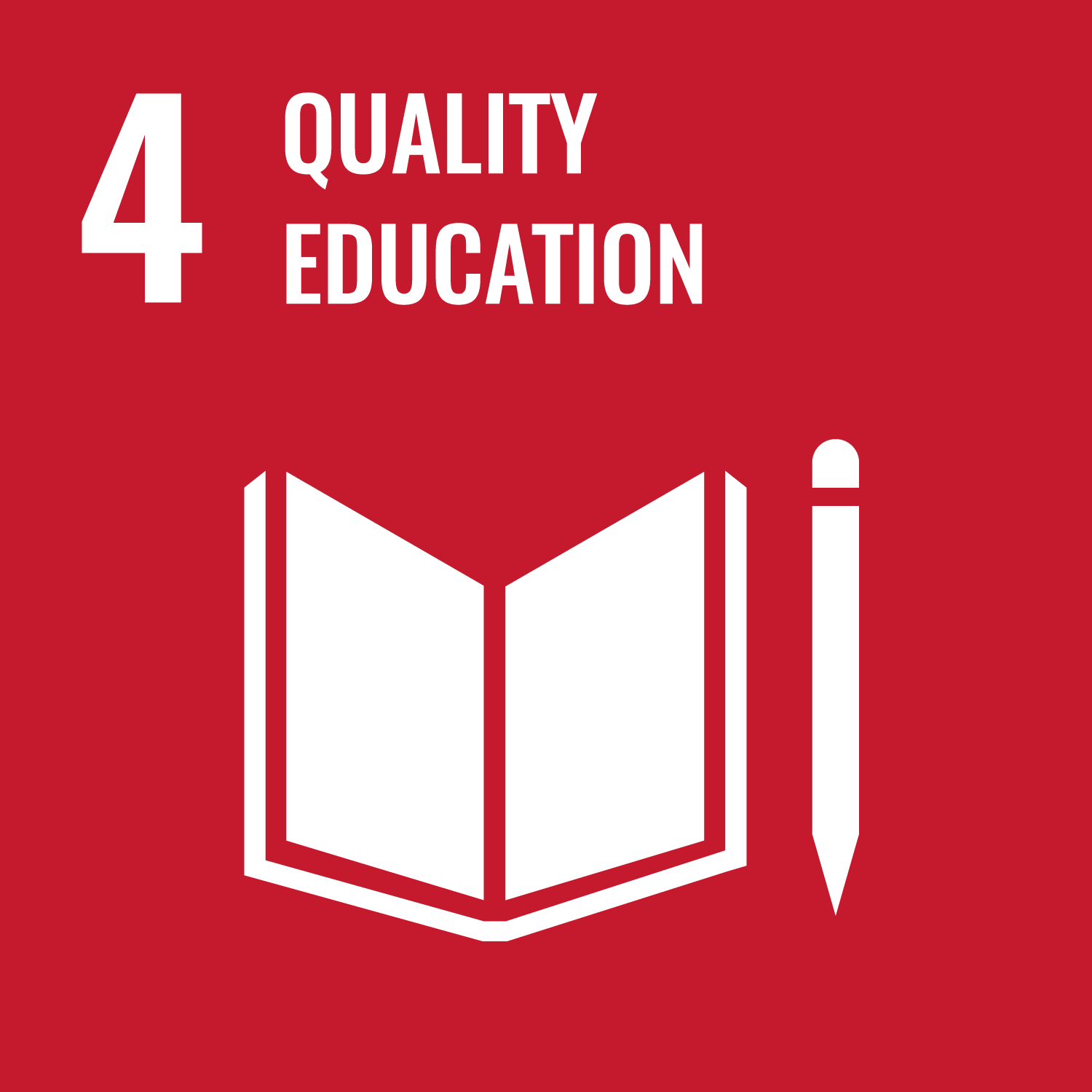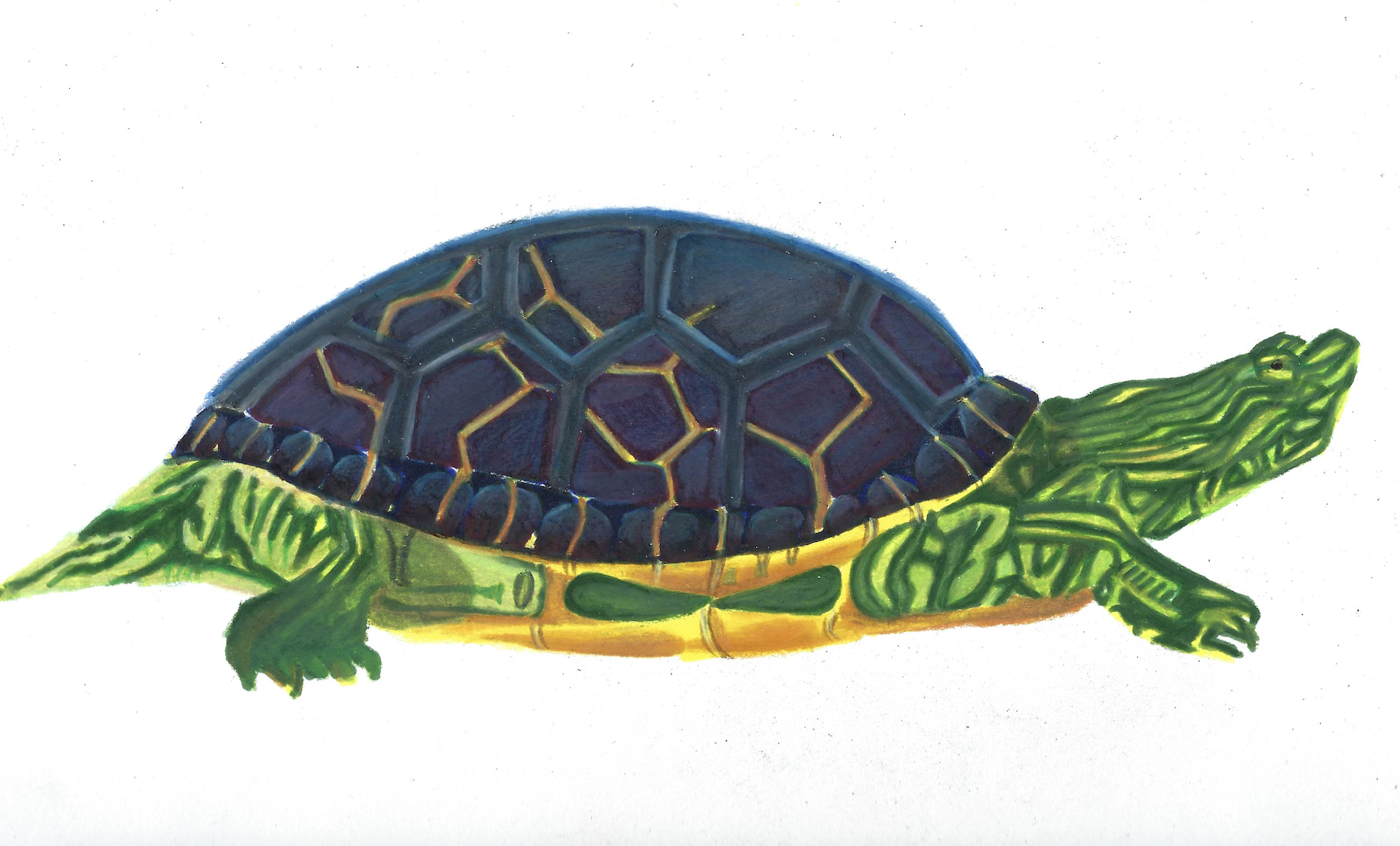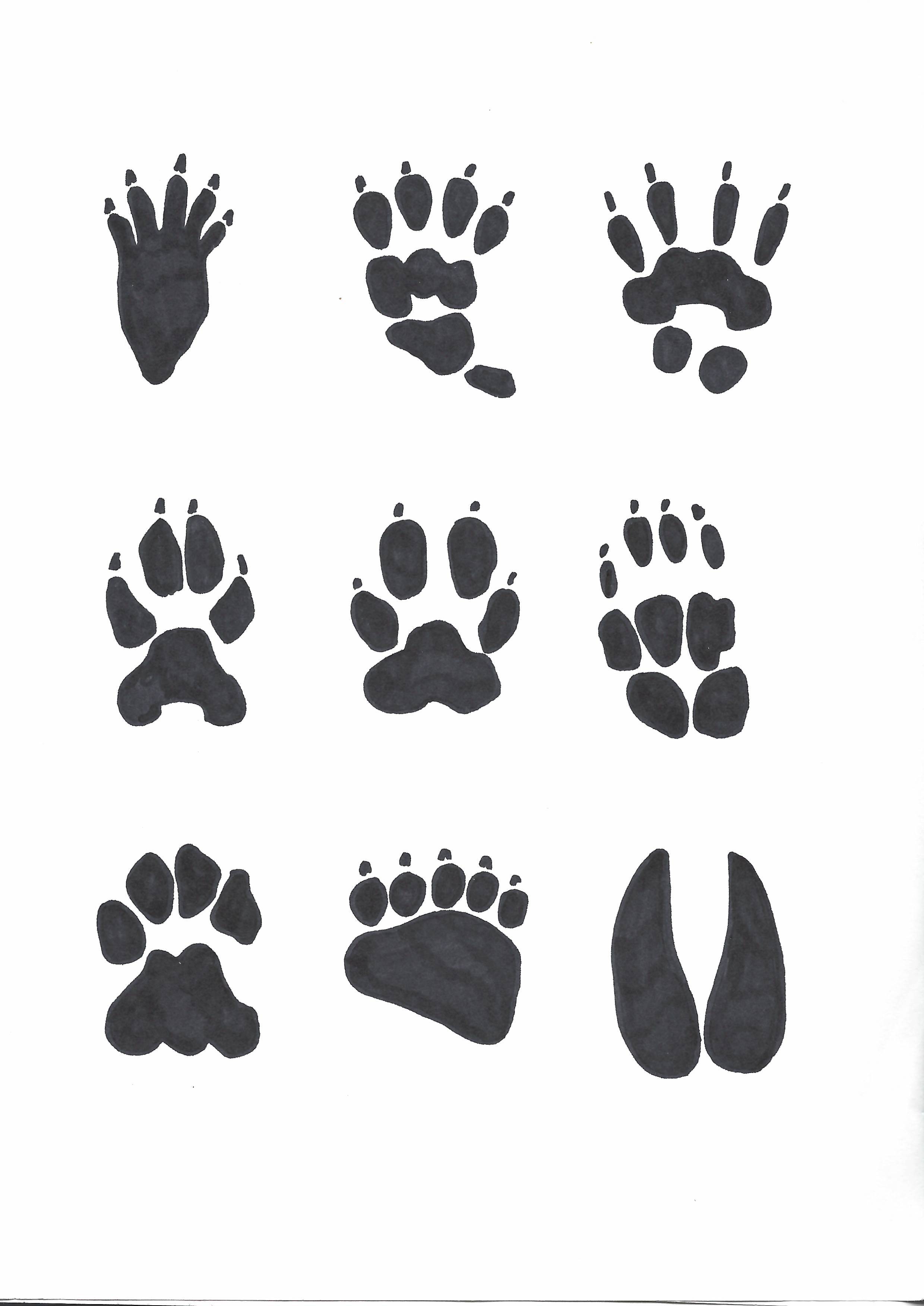Summer 2024 Sustainability Fellow: Lauren Pinder

Partner: Coastal Plains Institute
Project: Illustrated Field Guide
Student: Lauren Pinder
This past summer semester, I had the opportunity to be a part of the Summer 2024 Sustainability Fellows Cohort and work with the Coastal Plains Institute to create an Illustrated Field Guide for the ephemeral ponds ecosystem in Apalachicola National Forest.
The Coastal Plains Institute is a nonprofit organization based in Florida that “aims to preserve the biotic diversity of the Coastal Plain of the Southeastern United States.” The Coastal Plains Institute uses research, education, and experience to spread awareness about the unique ecosystem and the organisms the nonprofit organization supports.
One of the Institute’s main services is the Adopt an Ephemeral Wetland program, in which volunteers are asked to keep an eye on amphibians and the temporary wetlands they depend on for breeding. Volunteers can also participate in a dipnetting day where they are trained in amphibian larvae identification, the methodology of sample collecting, and data entry. Surveying equipment is supplied including project-specific field guides for species identification. 

As a student who is pursuing a Bachelor of Science degree in Environmental Science, and specifically focused on the research, preservation, and protection of unique ecosystems; working on an illustrated field guide this past summer was an excellent way to connect with the community over a shared appreciation of local Florida wildlife. This project has enhanced my ability to translate science to the general population who may not have a deeper understanding of biology and earth science.
To create this field guide I would reference a master spreadsheet containing a list of all the species that needed to be illustrated. This list was sorted by taxa, in this case, the Animal and Plant Kingdom, with the Animal Kingdom broken down into class, including amphibians, reptiles, arthropods, and birds. I would pick a species I wanted to illustrate and then find one or more reference photos to base my illustration off to make sure any defining details are included in the artwork. When creating an illustration that will be used for species identification, having several references is important because drawing a species from one specific photo may affect the species’ chances of being identified by volunteers when viewed in the field. 
To make this illustrated field guide widely accessible, all artwork was to be digitized and published online. When illustrating I would use colored pencils, markers, and watercolors to capture the colors and textures of these species. Once finished, I would use a printer to scan my physical drawings to create digital copies. Sometimes when scanning finished artwork, I would have to go back and redefine some details that got lost in the printer, due to the exposure and brightness of the scanner light. For instance, when illustrating the polygala nana, an herbaceous plant with yellowish-green flowers that grow in a thimble shape, the texture of the flower petals became lost due to over-exposure. After redefining the petals and re-scanning, some computer editing also had to be done on Adobe to restore shadows and perform color correction so the image could be used for field identification. 
 Once the artwork was completed, I would submit it through an artist submission survey by signing an artwork release form, uploading my artwork images, and listing the species’ name so all artwork submissions can be organized appropriately in the final field guide. Then I would repeat this process with another species of my choice found on the list. Over the course of the summer semester, I completed twenty-five illustrations that will be used in the illustrated field guide.
Once the artwork was completed, I would submit it through an artist submission survey by signing an artwork release form, uploading my artwork images, and listing the species’ name so all artwork submissions can be organized appropriately in the final field guide. Then I would repeat this process with another species of my choice found on the list. Over the course of the summer semester, I completed twenty-five illustrations that will be used in the illustrated field guide.
This project is important for sustainability efforts in the Tallahassee community because it supports education and preservation efforts in the Munson Sandhills Region of Apalachicola National Forrest. By aiding in completing this illustrated field guide, I helped make the species that reside in the ephemeral ponds of Apalachicola National Forrest identifiable. Also, volunteers who are working to protect this ecosystem can use the tool I have assisted in creating to understand and appreciate the nature they are working with.
Working on this project with the Coastal Plains Institute and FSU Sustainable Campus as a Sustainability Fellow taught me about the importance of collaboration regarding environmental sustainability. When we have more people informed on environmental issues and threatened nature, we have more people willing to fight for a sustainable future that protects and values our planet.
To learn more about the Sustainability Fellows program, visit sustainablecampus.fsu.edu/sustainability-fellows.
“Coastal Plains Institute .” Coastal Plains Institute, www.coastalplains.org/.

